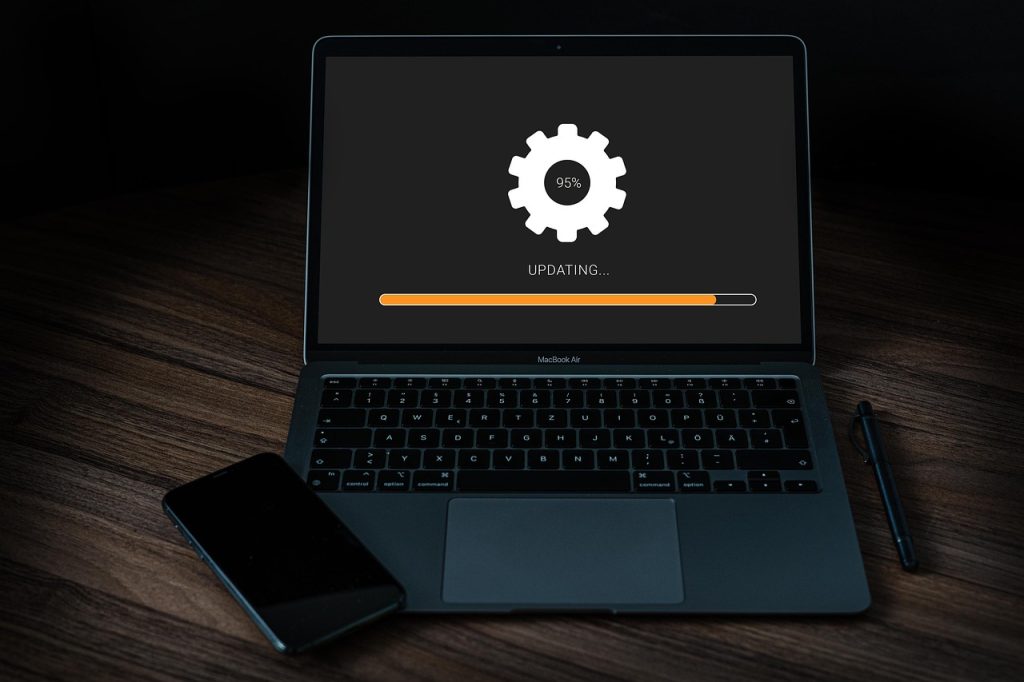Software updates are crucial for maintaining and optimizing the performance of your devices. Whether you’re using a smartphone, laptop, or tablet, staying on top of updates can ensure your device runs smoothly and efficiently. From security patches to performance enhancements, updates help address bugs and introduce new features. In this lifehack, we’ll explore how regular updates can maximize device performance and why they should be a priority in your device maintenance routine.
The Impact of Software Updates on Device Performance

One of the primary reasons for regular software updates is to improve the overall performance of your device. Updates often contain optimizations that make your system run faster, use less battery, and handle multitasking more efficiently. These improvements are especially noticeable over time as devices age. Without updates, your device might become sluggish, apps may crash, and your system may encounter compatibility issues.
Software developers regularly work to fine-tune and enhance the way their programs interact with your hardware. By installing updates, you take advantage of these improvements, ensuring that your device operates at its best.
Fix Bugs and Improve Stability
No software is perfect, and bugs can cause frustrating performance issues like freezes, crashes, or slowdowns. Fortunately, software developers release updates specifically designed to fix these bugs. If you’re noticing certain apps freezing or your system lagging, it’s likely that an update will address these issues.
Regular updates help maintain stability by patching known issues, preventing crashes, and enhancing the overall user experience. For devices like smartphones and laptops, stability is key for efficient multitasking and a smooth interface, making updates essential to keeping your device responsive.
Improve Security and Prevent Slowdowns
Outdated software is vulnerable to security threats. Cybercriminals constantly look for vulnerabilities in older software versions to exploit. By keeping your device updated, you ensure that the latest security patches are installed, protecting your data from malware, hacking attempts, and other online threats.
Security updates can also help prevent performance slowdowns caused by malicious programs or viruses. When your system is up to date, it is better equipped to block potential security threats that could compromise its speed and functionality. Regular updates can thus protect both your device and your data, making them a key part of device performance.
Optimize Battery Life with Updates
For mobile devices like smartphones, tablets, and laptops, battery performance is always a priority. Older software can sometimes cause unnecessary drain on your device’s battery, but regular updates often include optimizations that help extend battery life. Newer versions of software may improve the power efficiency of certain apps or background processes, leading to longer battery life and less frequent charging.
If you notice that your device’s battery is draining faster than usual, checking for updates might resolve the issue by introducing more efficient power management features.
Enhance App Compatibility and User Experience
Software updates often include enhancements to app compatibility. As new apps are developed or existing apps are updated, they may rely on the latest software versions to function properly. By keeping your device’s operating system and apps updated, you ensure that everything runs seamlessly and you avoid issues where certain apps don’t work or crash unexpectedly.
Additionally, updates may introduce new features that improve the user experience. For instance, updated operating systems may offer new interface designs, customizable options, or advanced settings that allow you to personalize your device further. Regular updates ensure that you are always getting the best possible experience from your device.
How to Ensure Your Device is Always Updated

To maximize performance with updates, make sure your device is set up to automatically download and install updates whenever possible. Most modern operating systems allow you to enable automatic updates for both system software and apps. This ensures that you never miss an important update and that your device is always running the latest version.
For instance, on smartphones, both iOS and Android allow automatic app updates. Likewise, Windows and macOS devices typically update their operating systems automatically, although you can manually check for updates if needed. If automatic updates are disabled, you may need to regularly check your settings to ensure that updates are installed.
Updating your device’s software regularly is one of the easiest and most effective ways to maximize its performance. From boosting speed and stability to improving security and battery life, updates address a wide range of issues that can affect your device’s efficiency. By staying on top of updates, whether automatically or manually, you can ensure that your device remains optimized and continues to provide the best possible experience.



Leave a Reply